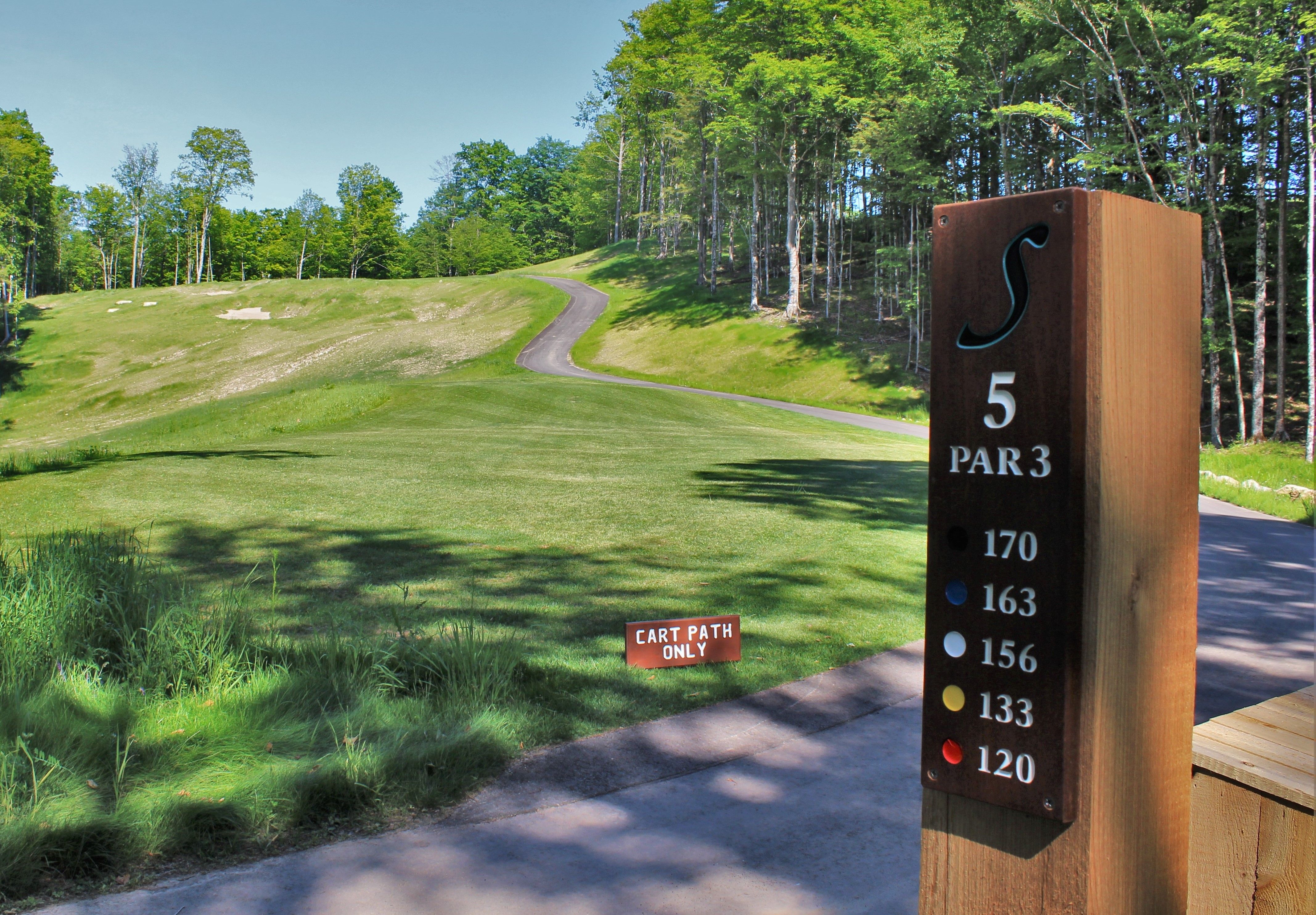Guest Opinion By Terry Moore
The USGA and the R & A, golf’s rule-making bodies, are not waiting nervously for my opinion on the distance debate surrounding the game. But here it goes in brief: something needs to be done at the elite golfer level to roll back distance in order to maintain the traditional dimensions of the game.
We can’t continue to lengthen Augusta National and other iconic venues to resist a very small number of players and their ever-rising average driving distance. The PGA Tour’s average driving distance has risen to 296.4 yards, a 15% increase over the past 20 years. Meanwhile, the average driving distance for recreational golfers has decreased one yard since 2005 to 216 yards.
To me, this means having one set of equipment rules for elite tournament players—amateur and professional alike—and another for recreational players. Although the word is an anathema to some traditionalists, I can live with a “bifurcation” of the rules.
Several major sports have done a better and smarter job of regulating the effects of technology. Look at Major League Baseball (MLB). It has long banned the use of aluminum bats in the game, knowing the increased velocity imparted by such bats would be ruinous to current ballpark dimensions.
And recently, MLB took steps to deaden its official ball in order to combat the surge in home runs. Hmmm, sure seems like reasonable measures to harness the effects of “distance” in the game.
Another example is tennis. In 2002, the Tennis Federation adopted a new tournament ball to help slow down the serve game on hard courts while speeding up the game on slower surfaces such as clay. The slightly larger ball came off the racquet at the same speed as a standard tennis ball but it slowed down during flight to give the receiver about 10 percent more reaction time. The result was more rallies and less of a power serve game.
The USGA and the R & A are taking a cautious and methodical approach in weighing the distance issue. Recently, they released an update on the subject announcing proposed limitations on the length of shafts and the spring-like effect of clubfaces.
There was even talk of looking at a new ball with a specified density requirement that might make them lighter, thereby having an increased negative effect on the fastest swingers. That innovation is certainly worth pursuing given elite players’ higher swing speeds, unlike slower recreational players’, which maximize the benefits of ball and equipment advancements.
Complicating this discussion are the age-old bugaboos of money and commercial interests. Golf is beset with publicly traded equipment companies that thrive on the marketing and endorsement of Tour stars. They have a major financial stake in this debate. Likewise, Tour players and their agents want as few regulations as possible for equipment and ball manufacturers. They’re not going to bite the hands that feeds them.
Where this all leads remains uncertain. But here’s one safe bet: attorneys will be very busy.










